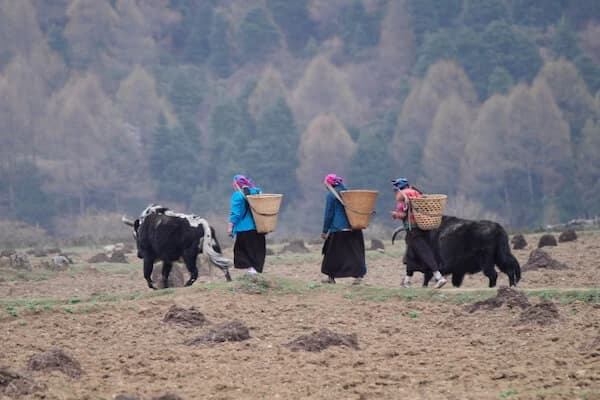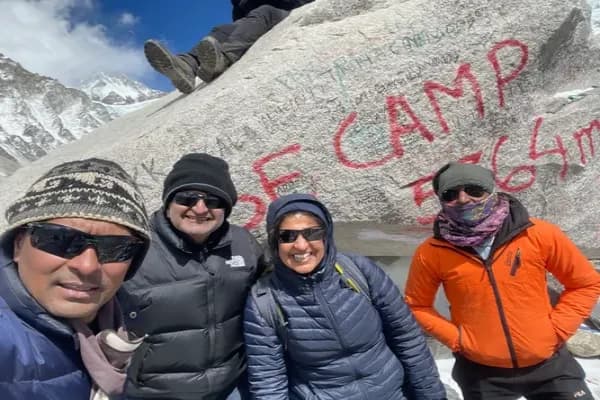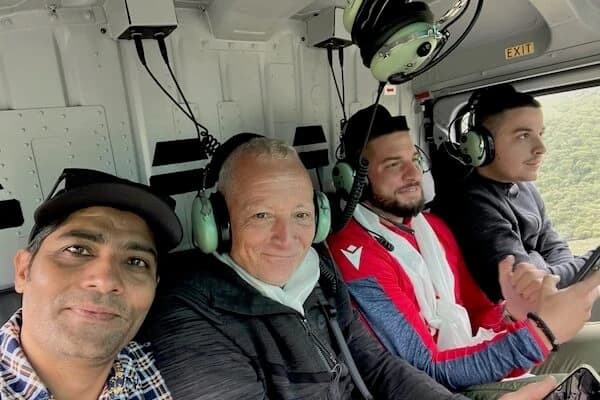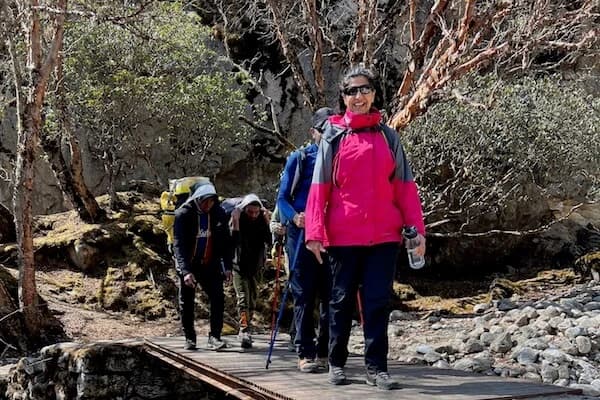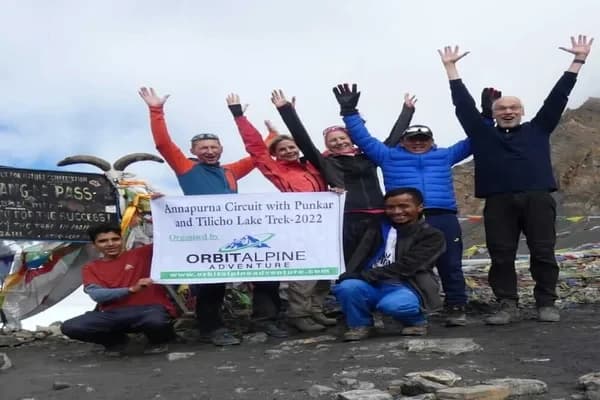Nepal is not just a place for trekking. It is a place where you find adventure, culture, religion, and beautiful nature. The trekking paths in Nepal give you more than just a walk. They give you stories to remember, like seeing the sunrise over Annapurna or walking near quiet glaciers close to Makalu.
This list of treks is for everyone. It is for people who want to go away from crowded places and also for people who are new to trekking. There is a trek for everyone. You can see Everest, visit lakes with big mountains around them, or explore old villages.
In this guide, you will find:
-
Important details about the routes and their heights
-
Information about local culture and the best seasons to trek
-
Tips on how to choose the best trek for your time, fitness, and goals
-
Why trekking with local guides like Orbit Alpine Adventure is helpful
Are you ready? Let’s look at the top ten treks in Nepal, starting with the most popular one.
Everest Base Camp Trek - Follow the Path to the World’s Highest Peak
If you could do only one trek in Nepal, most people would choose the Everest Base Camp trek. It is not just about standing at 5,364 meters under the huge Everest. It’s also about the journey itself: walking past prayer wheels, meeting Sherpa people, and seeing beautiful sunrises over the mountains.
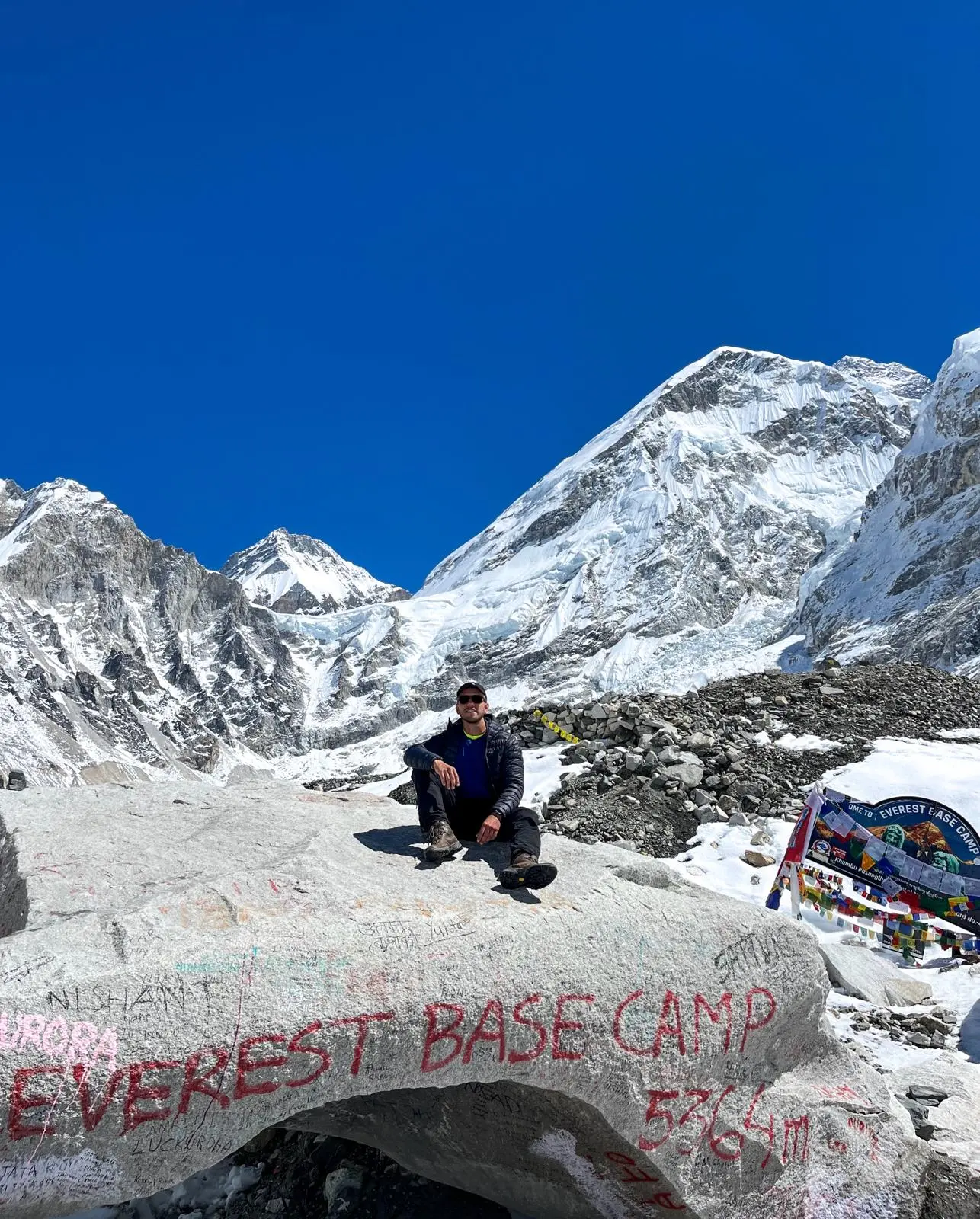
Why EBC is special:
-
You walk through the Khumbu region, where the Sherpas live.
-
You visit Tengboche Monastery, an important spiritual place.
-
You cross exciting suspension bridges over fast rivers from glaciers.
-
You climb Kala Patthar (5,545 m) to see the sunrise over Everest and Nuptse.
On the way, you will stay in teahouses, drink warm butter tea, and hear stories that make the mountains feel magical.
Walk slowly and enjoy each moment. Getting used to the high altitude is important for your body and your mind. If you are planning this adventure, make sure to check these Everest Base Camp trek preparation tips before you go.
You can return by Helicopter from Gorakshep to make your trip shorter. It makes easy for those who have limited time.
Cultural & Scenic Highlights
-
Namche Bazaar: The main town of the Sherpas. It has bakeries, shops for trekking gear, and great mountain views.
-
Tengboche Monastery: One of Nepal’s most famous monasteries, with the beautiful Ama Dablam mountain behind it.
-
Gorak Shep & Kala Patthar: Places where you can see wide and amazing views of Everest.
Everest Three High Passes Trek - Nepal’s Most Adventurous Circuit
Think of this trek as the wilder and difficult sister of the EBC trek. The Everest Three High Passes Trek goes over three big mountain passes: Renjo La, Cho La, and Kongma La. It connects valleys and views that most people never see.
What makes it special:
-
You see the beautiful Gokyo Lakes and walk on quiet, high mountain paths.
-
There are fewer people, so you see more natural beauty.
-
You get amazing views of Makalu, Cho Oyu, Everest, and Lhotse.
-
It is tough and needs patience, but you see places that feel untouched.
This trek is best for experienced hikers who want a challenge.
Annapurna Base Camp Trek - Himalayan Heartbeat in Under 10 Days
Do you want to see a huge 8,000-meter mountain but don’t have much time? The Annapurna Base Camp Trek takes you through friendly Gurung villages and forests with rhododendron flowers to the base of Annapurna I (8,091 m).
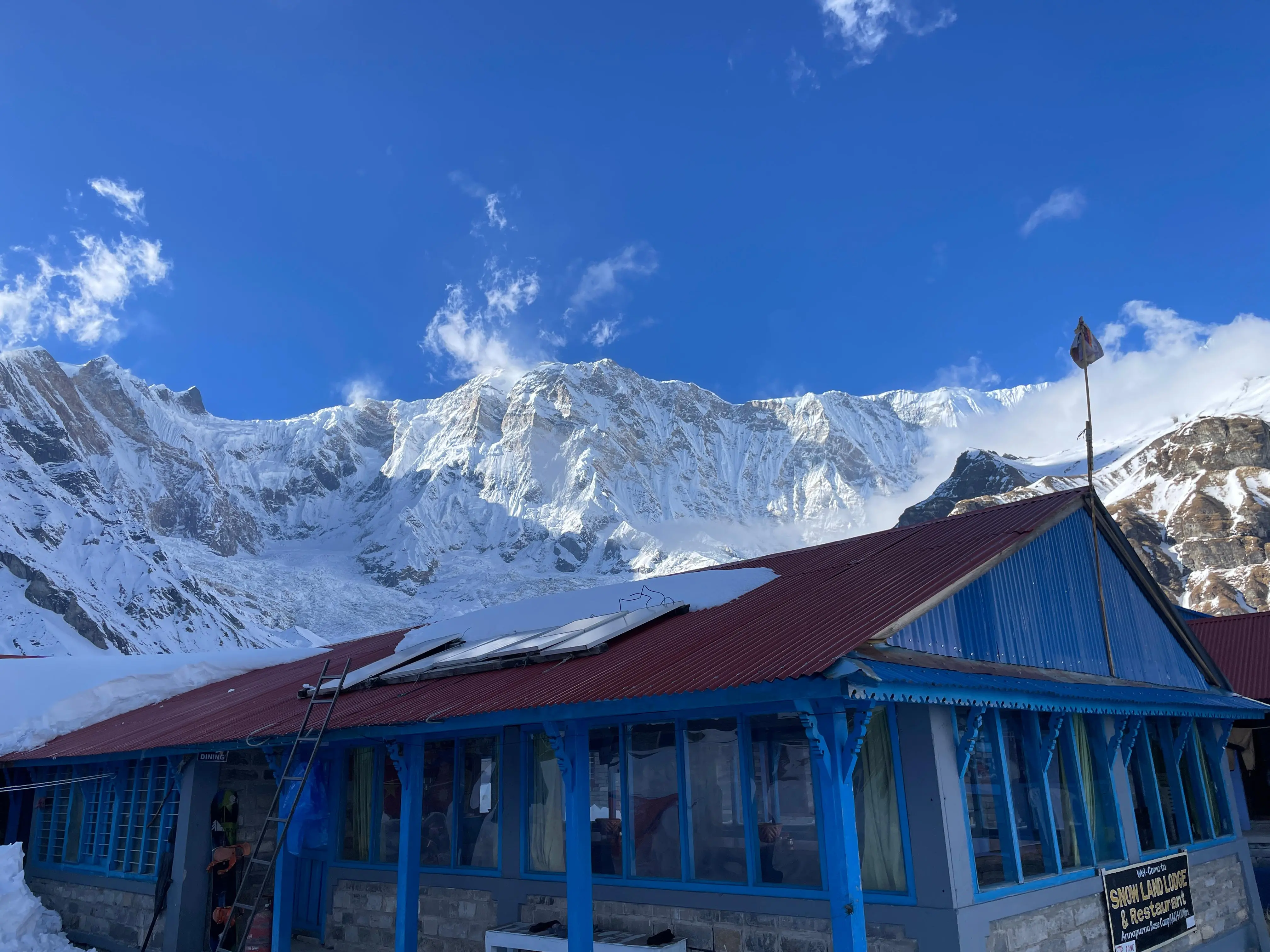
Trek Highlights:
-
Stay in cozy teahouses and enjoy local food.
-
See the famous Machapuchare mountain that looks like a fishtail.
-
Rest and relax at Jhinu Hot Springs after walking for days.
This trek is not too hard and doesn’t go too high. Orbit Alpine makes it safe and special for people who want to see big mountains easily.
Kanchenjunga North And South Base Camp Trek – Wild and Remote
In far-eastern Nepal, the Kanchenjunga North and South Base Camp Trek is a hidden treasure. You walk through clean nature and rare animals to reach the base of the world’s third-highest mountain.
What makes this trek special:
-
Very far away and very quiet, with almost no crowds.
-
You might see special animals like snow leopards and red pandas.
-
You need special permits and must go with guides.
Manaslu Circuit Trek - Remote Trails & Epic Mountain Passes
Do you want a trek with fewer people and a more real feel? The Manaslu Circuit Trek is a quiet and beautiful trail that goes around Mt. Manaslu (8,163 m), the eighth-highest mountain in Nepal.
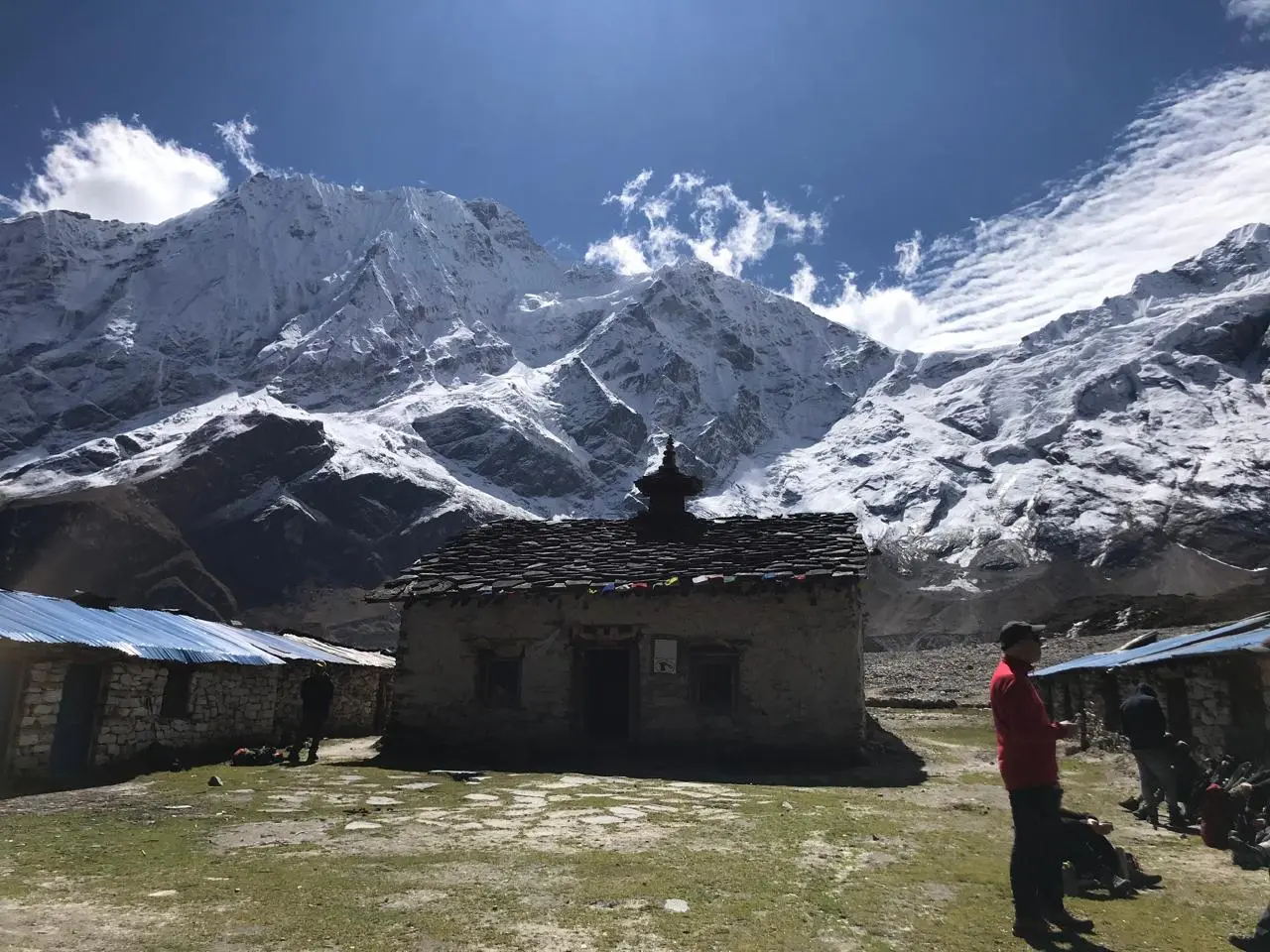
Why trek Manaslu?
-
Walk on paths that few people use and see untouched nature.
-
Cross Larkya La Pass (5,160 m) to see amazing mountain views.
-
Visit villages like Lho and Samagaun that have Buddhist culture.
-
This area is special and needs a permit, so it feels less crowded.
Annapurna Circuit Trek - Nepal’s Most Diverse Long-Distance Route
The Annapurna Circuit is one of Nepal’s most iconic long-distance treks, offering incredible diversity in both landscape and culture. From lush valleys and rice paddies to arid high mountain deserts, this trek circles the Annapurna Massif and reaches an altitude of 5,416 meters at Thorong La Pass.
What makes this trek special:
-
Experience both Hindu and Buddhist cultures along the way.
-
Walk through multiple climate zones—from subtropical forests to alpine landscapes.
-
Panoramic views of Annapurna, Dhaulagiri, Manaslu, and more.
-
Classic teahouse trekking with welcoming local hospitality.
Makalu Three High Passes Trek - A True Wilderness Trek
If you love wild and pure nature, this trek is for you. The Makalu Three High Passes Trek goes through tough mountain paths and crosses high passes like Sherpani Col and Amphu Lapcha.
For expert trekkers only:
-
You need special climbing gear, cross glaciers, and be very patient.
-
See amazing views of Makalu (8,485 m) and the Barun Valley.
-
There are very few places to stay, so you feel fully in the wild.
Langtang Valley Trek - Accessible Himalayan Beauty
The Langtang Valley Trek is only a few hours from Kathmandu by car. It is perfect for people who don’t have much time but want to see the mountains.
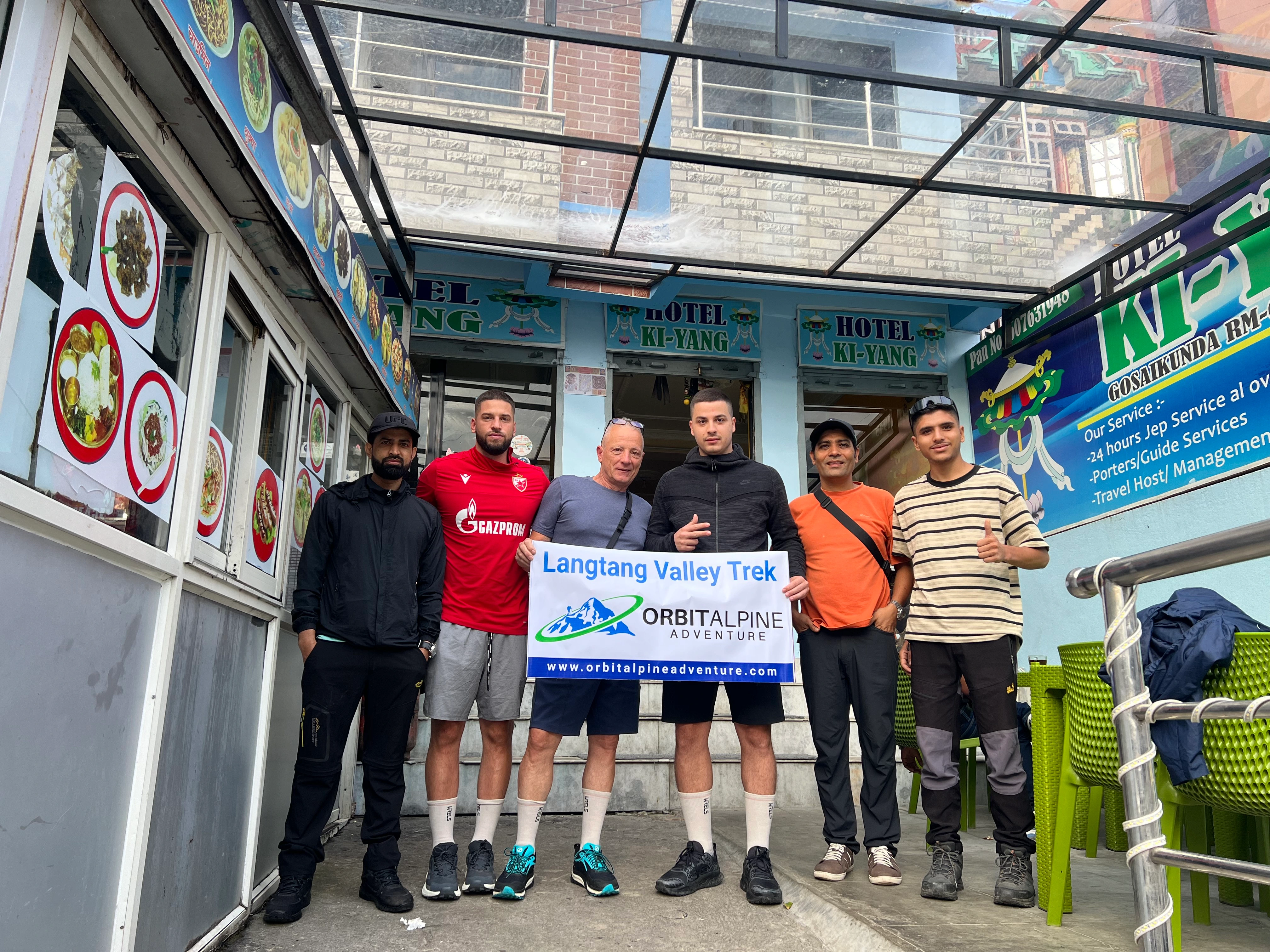
Why choose Langtang?
-
You can learn about the Tamang people and their culture.
-
You can visit the Langtang Glacier and stay at Kyanjin Gompa.
-
This area was damaged by the 2015 earthquake and hiking here helps the local people recover.
Gokyo Lakes Trek - Tranquility in the Everest Region
The Gokyo Lakes Trek is like a quiet twin of the Everest Base Camp trek. Instead of many people, you find glacial lakes and calm mountain paths.
Gokyo Trek Highlights:
-
Climb Gokyo Ri (5,357 m) for great views.
-
Walk next to the Ngozumpa Glacier.
-
There are fewer lodges and more quiet places.
People who love nature will really like this trek.
Gokyo vs EBC: Which One’s for You?
This path gives you everything you want: height, beautiful views, and peace, if you want a different route from Everest Base Camp. Here is a short summary to help you:
|
Criteria
|
Gokyo Lakes
|
Everest Base Camp
|
|
Crowds
|
Low
|
High (especially in peak seasons)
|
|
Scenery
|
Lakes, glaciers, wide mountain views
|
Closer views of Everest, rough paths
|
|
Challenge Level
|
Moderate
|
Moderate to High
|
|
Wildlife/Nature
|
More diverse and very clean
|
Fewer plants and animals
|
|
Cultural Exposure
|
Moderate (fewer villages)
|
High (more Sherpa villages)
|
|
Best For
|
Nature lovers, photographers
|
First-time trekkers, Everest fans
|
Ghorepani Poon Hill Trek - The Best Short Trek in Nepal
Are you short on time? With vistas of Annapurna and Dhaulagiri at sunrise and minimal exertion, the Ghorepani Poon Hill Trek is the ideal first hike in Nepal.
It's perfect for families, couples, or lone travelers because you'll pass through rhododendron woods and welcome Ghorepani villages.
Why Poon Hill?
-
Easy trail with beautiful rhododendron forests
-
Sunrise over Annapurna and Dhaulagiri
-
Traditional Gurung and Magar villages
Quick Comparison of All 10 Treks
Here's a side-by-side guide to help you compare based on difficulty, duration, altitude, and region.
|
Trek Name
|
Difficulty
|
Duration
|
Max Altitude
|
Region
|
|
Everest Base Camp
|
Moderate
|
12–14 days
|
5,364m
|
Khumbu (Everest)
|
|
Everest Three Passes
|
Challenging
|
18–20 days
|
5,535m
|
Khumbu (Everest)
|
|
Annapurna Base Camp
|
Moderate
|
7–10 days
|
4,130m
|
Annapurna Region
|
|
Manaslu Circuit
|
Challenging
|
14–16 days
|
5,160m
|
Manaslu Region
|
|
Annapurna Circuit
|
Moderate
|
15–20 days
|
5,416m
|
Annapurna Region
|
|
Kanchenjunga Base Camp
|
Difficult
|
18–24 days
|
5,140m
|
Eastern Nepal
|
|
Makalu Three Passes
|
Very Difficult
|
20–25 days
|
5,500m+
|
Makalu Region
|
|
Langtang Valley
|
Easy–Moderate
|
7–9 days
|
3,870m
|
Langtang Region
|
|
Gokyo Lakes
|
Moderate
|
12–14 days
|
5,357m
|
Khumbu (Everest)
|
|
Poon Hill
|
Easy
|
3–5 days
|
3,210m
|
Annapurna Region
|
How to Choose the Right Trek for You
Choosing the best hike in Nepal can be hard because there are so many great options. How do you pick the right one for you?
Start with these questions:
-
How much time do you have?
-
How fit are you?
-
Do you want to see culture, nature, or go somewhere quiet?
Here is an easy guide to help you pick:
-
If you don’t have much time, choose the short treks in Nepal option, try Langtang Valley or Poon Hill. Both take less than a week and have great views without too much effort.
-
If you want to see the famous Himalayas, choose Gokyo Lakes or Everest Base Camp.
-
If you want a wild and quiet adventure, try Makalu, Kanchenjunga, or Manaslu.
-
If you want to see both nature and culture, the Annapurna Circuit and Annapurna Base Camp are good choices.
Still unsure? Talk to a local guide like Orbit Alpine Adventure. We've helped many hikers pick the best trek for their needs.
Do You Really Need a Guide?
That depends on where you want to go. Some treks, like Manaslu, Kanchenjunga, and Makalu, must have a guide by law. These are special areas and need special permits from a registered agency.
For other popular treks, like Annapurna Base Camp or Everest Base Camp, you can go alone. But just because you can, doesn’t always mean you should.
Here’s what a good guide brings to the table:
-
They know the trails, the weather, and where the lodges are.
-
They speak local languages and help you understand local culture.
-
They can help if there is an emergency, like altitude sickness, injury, or if you need to change the route.
-
Most importantly, they tell stories that make the mountains feel alive.
The guides from Orbit Alpine Adventure are not just experts. They were born and grew up in these mountains. They lead the way and make every step special.
Essential Trekking Tips for Nepal
Here are some important tips to help you have a safe and fun trek in Nepal:
-
Permits: Most treks need special permits like ACAP, MCAP, restricted-area permits, or a TIMS card.
-
Gear: Bring a warm sleeping bag, water filter, strong boots, and clothes you can wear in layers.
-
Altitude: Go slowly to get used to the high places. Remember: climb high during the day, but sleep at a lower place at night.
-
Culture: Be polite. Always ask before taking photos and walk around stupas in a clockwise way.
-
Safety: Make sure you have travel insurance that covers trekking in high mountains.
If you get ready well, your trek will be easier and more enjoyable.
FAQs on Trekking in Nepal
What is the best trek in Nepal for beginners?
The Poon Hill trek is great for beginners. It is short, not too high, and has beautiful views. It’s perfect for families and people doing their first trek.
Do I need a guide for all treks in Nepal?
No, you don’t need a guide for every trek. But for places like Manaslu Circuit, Kanchenjunga, and Upper Mustang, you must have a licensed guide. Even on treks like Everest Base Camp or Annapurna Circuit, having a guide can help you stay safe and learn about local culture.
What permits are needed for trekking in Nepal?
Most treks need a TIMS card and special area permits like ACAP (for Annapurna) or MCAP (for Manaslu). Some restricted areas also need extra permits and a guide. Always check before you go.
What is the best time of year to go trekking in Nepal?
The best times are Autumn (September–November) and Spring (March–May). The weather is good and the skies are clear. It’s better to avoid the rainy season (June–August) and very cold winter treks unless you’re ready for them.
How hard is the Everest Base Camp trek?
The EBC trek is medium-hard. The high altitude makes it tough, but with slow walking, good planning, and fitness, most people can finish it.
How long does it take to do the Annapurna Circuit?
Usually, it takes about 15–20 days. The time depends on which side trips you take, like going to Tilicho Lake or Poon Hill.
Is it safe to trek in Nepal alone?
In popular places like Annapurna or Langtang, it can be safe to trek alone. But it’s always better to have a guide or a friend, especially in remote or high areas.
Which trek has the best mountain views in Nepal?
The Gokyo Lakes Trek and Everest Three Passes Trek have some of the best views of Everest, Lhotse, and Makalu. Poon Hill also has amazing sunrise views of Annapurna and Dhaulagiri.
How much does it cost to trek in Nepal?
The cost depends on the trek and how you do it. For 10–14 days with guide, permits, food, and rooms, it can cost about $600–$1500.
Can I do high-altitude treks without experience?
Some high treks like Everest Base Camp or Annapurna Base Camp are okay for beginners if you are fit. But harder treks like Makalu 3 Passes or Everest Three Passes need past experience.
What are tea houses like?
Teahouses are simple hotels on the trail. They give you a small room, hot food, and a place to meet other trekkers.
Are there any short treks near Kathmandu?
Yes. Treks like Langtang Valley, Chisapani–Nagarkot, and Helambu are close to Kathmandu and are good for short trips.
What fitness level do I need?
For easy and medium treks, you need to be able to walk 5–7 hours a day. For harder treks, it’s good to train more before coming.
Can I trek in Nepal during winter?
Yes, but only on lower treks like Poon Hill. High passes can get too much snow and become dangerous in winter.
What food do they serve on treks?
You can eat local meals like dal bhat (rice and lentils), noodles, fried rice, momos (dumplings), and pancakes. The food is simple but filling and warm.





